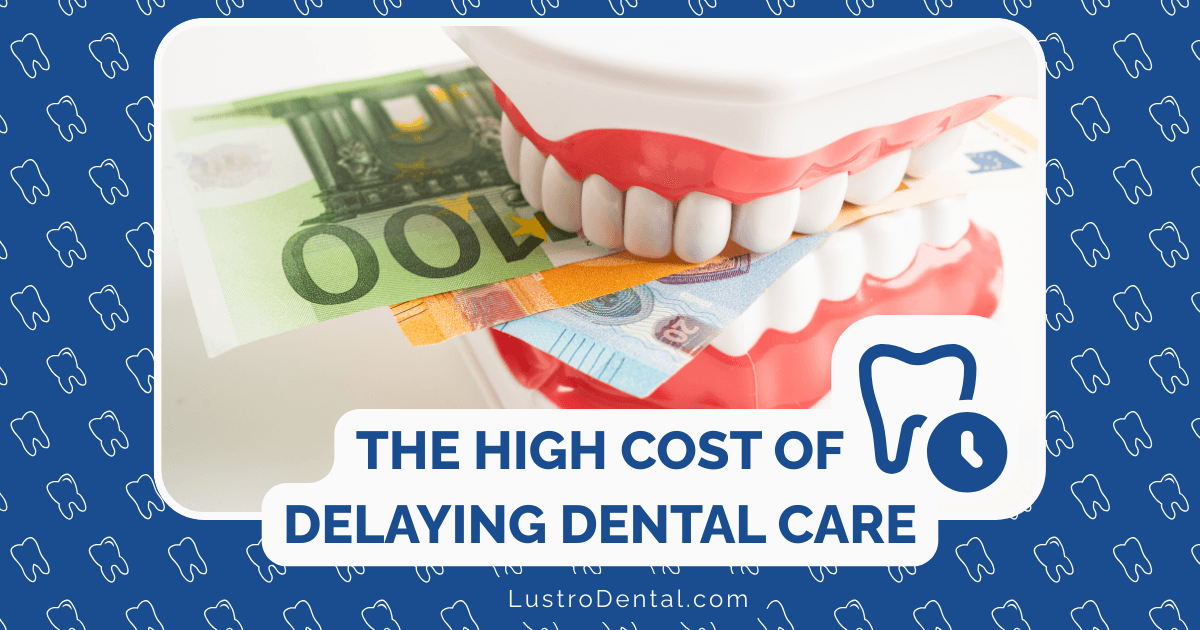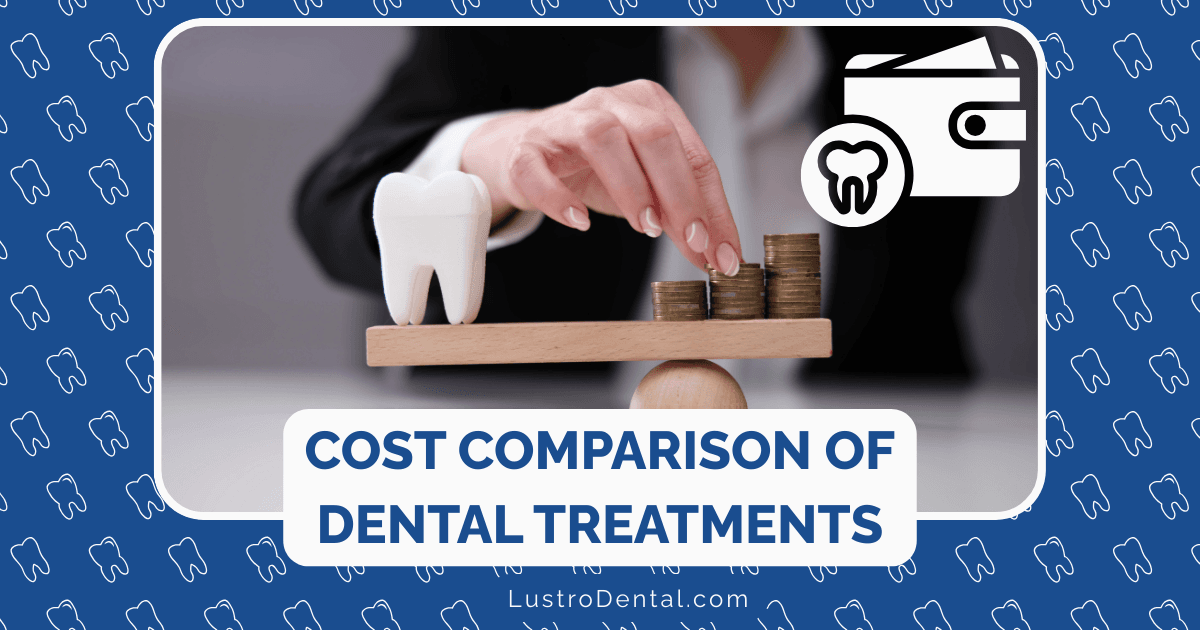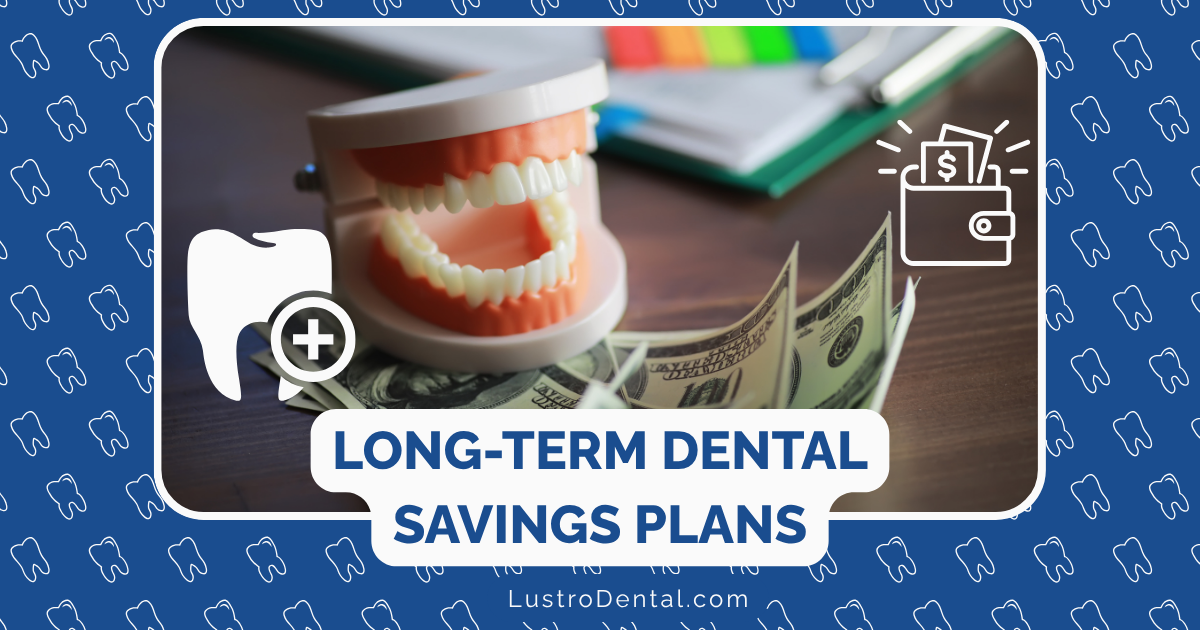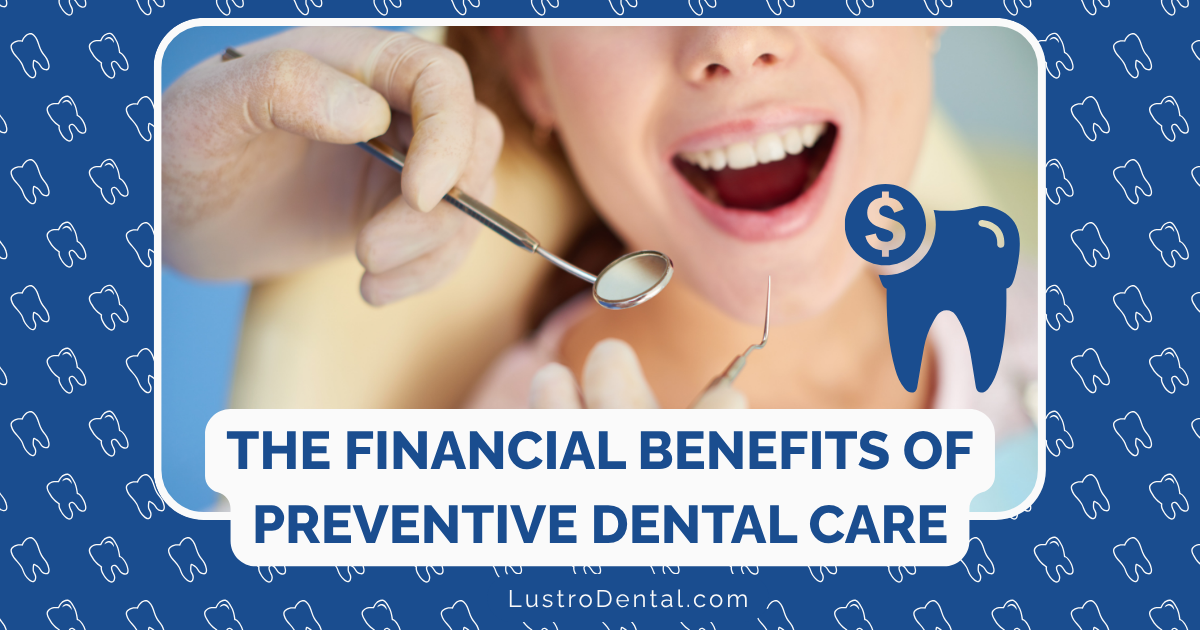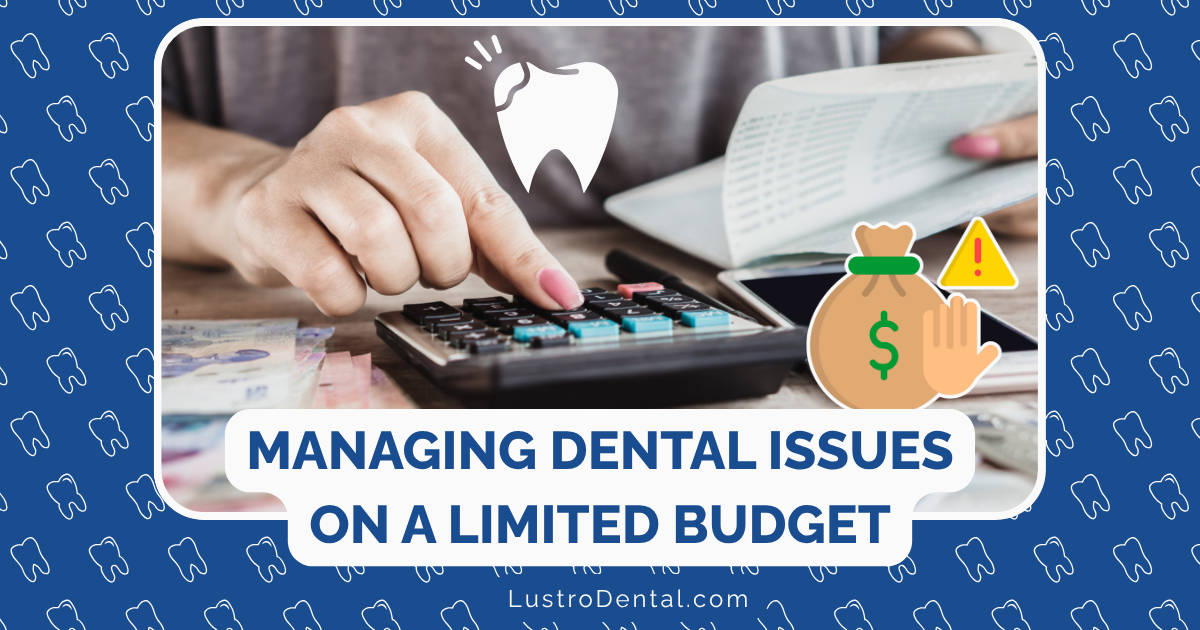Dental Tourism in 2025: Is Traveling for Dental Care Worth It?
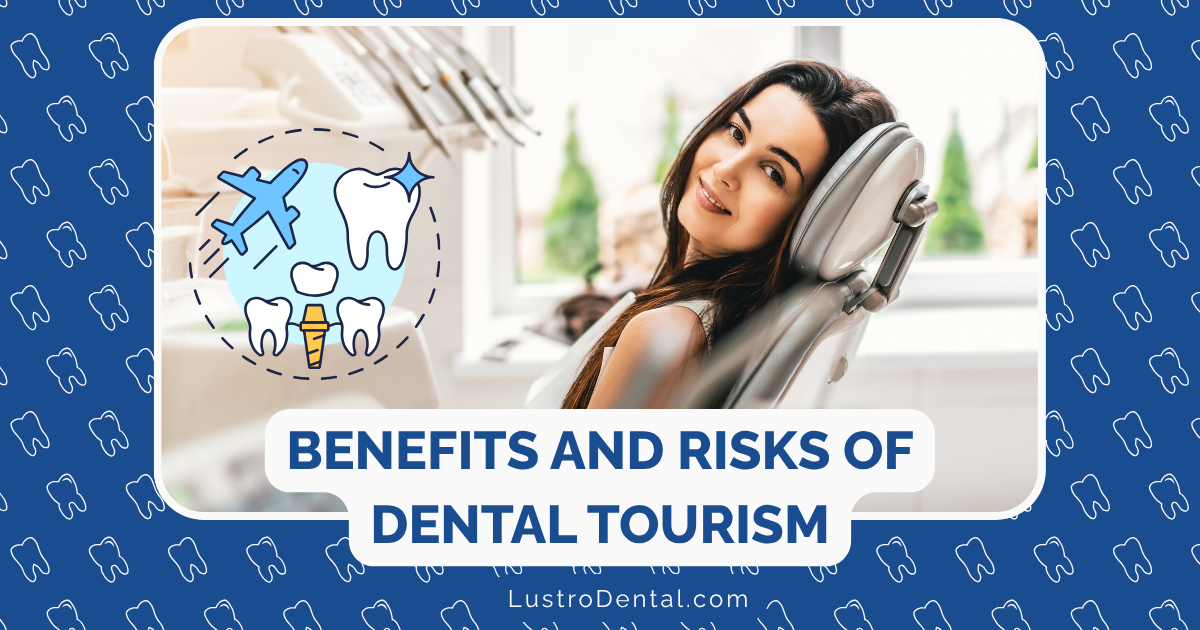
The year is 2025, and dental care in the United States remains prohibitively expensive for millions of Americans. While the cost of living has increased across the board, dental care prices have outpaced inflation, with the average cost of a single dental implant now exceeding $5,000 in major U.S. cities.
It’s no wonder that dental tourism—traveling abroad specifically for dental treatment—continues to grow at an estimated 15-20% annually. According to the Medical Tourism Association, approximately 800,000 Americans now travel internationally for dental care each year, a number that has doubled since 2020.
But is packing your bags for that crown, implant, or full mouth reconstruction worth it in 2025? Let’s dive into the current landscape of dental tourism, examining what’s changed, what hasn’t, and whether the potential savings justify the journey.
The Evolving Landscape of Dental Tourism in 2025
The dental tourism industry has matured significantly since its early days. What began as a niche option for the adventurous has evolved into a sophisticated industry with standardized practices, accreditation systems, and specialized facilitators.
Key Developments Since 2020:
- Telehealth Integration: Virtual consultations are now standard practice, with 3D imaging allowing foreign dentists to assess cases before patients travel.
- Accreditation Standardization: International accreditation bodies have established more uniform standards, making quality assessment more reliable.
- Insurance Adaptation: Some U.S. insurance providers now offer specific plans that cover treatment abroad, recognizing the cost benefits.
- Recovery-Focused Facilities: Purpose-built recovery centers catering specifically to dental tourists have emerged in popular destinations.
- Digital Treatment Tracking: Blockchain-based dental records allow seamless sharing between foreign providers and home dentists.
Top Dental Tourism Destinations in 2025
While many countries offer dental tourism services, several have emerged as leaders by 2025, each with distinctive advantages:
Mexico
Still the go-to for Americans, particularly those in border states. Cities like Los Algodones (nicknamed “Molar City”) and Tijuana have further developed their dental infrastructure.
Cost Savings: 50-75% compared to U.S. prices Specialties: All-on-4 implants, full mouth reconstructions New Development: Dental corridors with U.S. insurance acceptance
Thailand
Has positioned itself as the premium Asian destination for dental work combined with luxury recovery.
Cost Savings: 60-80% compared to U.S. prices Specialties: Cosmetic dentistry, smile makeovers New Development: Luxury dental resort packages with extended stays
Turkey
Now Europe’s leading dental tourism hub, particularly for cosmetic dentistry.
Cost Savings: 50-70% compared to U.S. prices Specialties: Veneers, crowns, aesthetic dentistry New Development: “Smile Design” packages with celebrity dentist collaborations
Costa Rica
Has doubled down on eco-friendly dental tourism, combining treatment with sustainability.
Cost Savings: 40-65% compared to U.S. prices Specialties: Implants, biological dentistry New Development: Carbon-neutral dental facilities with recovery in eco-lodges
Colombia
The fastest-growing destination in Latin America, with Medellín as its dental hub.
Cost Savings: 60-75% compared to U.S. prices Specialties: Full mouth rehabilitation, implants New Development: Medical visa fast-tracking for dental tourists
The Financial Equation in 2025
The primary driver of dental tourism remains cost savings. Here’s how the numbers break down for common procedures in 2025:
| Procedure | Average U.S. Cost | Mexico Cost | Thailand Cost | Savings |
| Single Implant | $5,000 | $1,500 | $1,200 | 70-76% |
| All-on-4 Implants | $28,000 | $10,000 | $9,000 | 64-68% |
| Crown | $1,800 | $500 | $400 | 72-78% |
| Root Canal | $1,500 | $400 | $300 | 73-80% |
| Veneers (per tooth) | $2,000 | $600 | $400 | 70-80% |
| Full Mouth Reconstruction | $45,000+ | $15,000 | $12,000 | 67-73% |
These figures include the dental work only. When factoring in travel costs, accommodations, and time off work, the equation becomes more complex but still typically favors treatment abroad for major dental work.
According to research published in the Journal of Dental Research, the break-even point for dental tourism in 2025 is approximately $3,000 in treatment costs—below this threshold, the travel expenses may outweigh the savings.
Quality of Care: The 2025 Reality
The quality question has evolved significantly. While quality variations still exist, several developments have made assessment more reliable:
International Accreditation
Organizations like the Global Healthcare Accreditation now provide specific dental tourism certifications that follow standardized protocols.
Dentist Training and Credentials
Many leading dental tourism providers now prominently feature dentists with U.S., European, or Australian training and board certifications.
Material Standardization
Premium dental tourism clinics now use the same materials as U.S. providers, often sourced from identical suppliers, with blockchain verification of authenticity.
Technology Parity
Top international clinics feature identical or sometimes more advanced technology than the average U.S. practice, including:
- 3D printing for same-day restorations
- AI-assisted treatment planning
- Robotically-assisted implant placement
- Regenerative dental treatments
The Pros of Dental Tourism in 2025
1. Significant Cost Savings
The primary advantage remains the dramatic cost difference, often 50-80% less than U.S. prices even after factoring in travel expenses.
2. Access to Advanced Technology
Counterintuitively, many dental tourism hubs now feature more cutting-edge technology than average American practices, as they compete specifically for international patients.
3. Comprehensive Treatment Planning
Without the constraints of U.S. insurance limitations, international dentists often provide more comprehensive treatment plans focused on long-term outcomes rather than insurance-dictated compromises.
4. Vacation Combined with Treatment
The “bleisure” (business + leisure) aspect of dental tourism has expanded, with specialized recovery experiences designed around dental treatment schedules.
5. Expedited Treatment Timelines
While U.S. treatment plans might stretch over months due to insurance approval processes and scheduling, dental tourism typically condenses treatment into a single trip or two strategically timed visits.
6. Personalized Attention
Many dental tourists report receiving more attentive care abroad, where clinics focusing on international patients often assign personal care coordinators and offer concierge services.
The Cons of Dental Tourism in 2025
1. Follow-Up Complications
Despite improvements in coordination, complications that arise after returning home remain the biggest challenge. While virtual follow-ups are now standard, physical examination limitations persist.
2. Quality Variations Persist
Though the top tier of international clinics now matches or exceeds U.S. standards, the range of quality remains wider, with budget options that may cut corners.
3. Travel Logistics and Recovery
Combining international travel with dental procedures presents inherent challenges, from jet lag affecting healing to navigating unfamiliar environments while recovering.
4. Limited Legal Recourse
Though international patient protection has improved, legal remedies for malpractice or unsatisfactory outcomes remain more complicated than domestic treatment.
5. Insurance Complications
While some U.S. insurers now work with international providers, many still don’t, creating potential reimbursement challenges and coverage gaps.
6. Language and Communication Barriers
Despite the prevalence of English-speaking staff in most dental tourism hubs, nuanced communication about treatment preferences and concerns can still be challenging.
Who Should Consider Dental Tourism in 2025?
Dental tourism isn’t for everyone. Here’s who stands to benefit most:
Ideal Candidates:
- Those needing extensive work: The savings scale with the complexity and extent of treatment needed
- Patients without dental insurance: Without insurance, the cost differential is even more dramatic
- Flexible schedules: Those who can accommodate extended stays or return visits if needed
- Comfortable travelers: People who adapt well to new environments and cultures
- Research-oriented patients: Those willing to thoroughly investigate providers and options
Who Should Probably Stay Home:
- Medically compromised patients: Those with complex medical conditions that could complicate treatment or travel
- Those seeking minor procedures: The cost-benefit rarely justifies travel for simple fillings or cleanings
- Emergency treatment seekers: Acute dental problems are best handled locally
- The risk-averse: If you’re uncomfortable with any additional uncertainty, domestic care may be preferable
- Those with comprehensive dental insurance: If you have excellent coverage, the financial advantage diminishes
How to Do Dental Tourism Right in 2025
If you’re considering dental tourism, here’s the current best practice approach:
1. Research and Verification
- Verify accreditation through international bodies
- Check dentist credentials and training
- Read reviews on multiple platforms, not just the clinic’s website
- Request video consultations with the actual dentist who will perform your procedure
2. Comprehensive Communication
- Share complete dental records, including recent X-rays and 3D scans
- Discuss treatment plans in detail before booking travel
- Get treatment plans and quotes in writing
- Clarify what guarantees or warranties are offered
3. Logistics Planning
- Allow buffer days before treatment to recover from travel
- Plan for longer stays than the minimum suggested
- Consider medical travel insurance that covers dental complications
- Research local emergency dental options at your destination
4. Financial Preparation
- Factor in all costs, including follow-up care upon return
- Prepare multiple payment methods
- Understand cancellation policies
- Budget for potential complications or extended stays
5. Domestic Coordination
- Consult with a local dentist before traveling if possible
- Arrange for follow-up care with a U.S. dentist upon return
- Ensure you receive complete treatment records to share with future providers
The Future of Dental Tourism Beyond 2025
Several emerging trends suggest where dental tourism is headed:
1. Regional Dental Tourism Hubs in the U.S.
Some U.S. states are creating their own “dental tourism” zones with reduced regulatory burdens and price controls to compete with international destinations.
2. Insurance Integration
More U.S. dental insurance companies are expected to develop specific international treatment networks and coverage options.
3. Teledentistry Expansion
The line between domestic and international care will blur as more diagnostic and follow-up care happens virtually.
4. Specialized Dental Tourism Agents
Much like travel agents of the past, specialized dental tourism facilitators with fiduciary responsibility to patients are emerging.
5. Treatment-Specific Destinations
Rather than general dental tourism, destinations are increasingly specializing in specific treatments—Mexico for implants, Turkey for cosmetics, etc.
Real Patient Experiences in 2025
Note: These are composite profiles based on typical patient experiences.
Success Story: Michael’s Full Mouth Reconstruction in Colombia
Michael, 58, needed full mouth reconstruction after years of dental neglect. U.S. quotes ranged from $45,000-60,000. He chose a clinic in Medellín, Colombia, working with a U.S.-trained prosthodontist.
Total Cost in Colombia: $16,500 including two trips, accommodations, and flights U.S. Equivalent: $52,000 Savings: $35,500 Experience: “The clinic was more advanced than my local dentist’s office. The entire team spoke English, and my personal coordinator handled everything from airport pickup to pharmacy runs. I had one minor adjustment needed when I returned home, which my local dentist handled easily with guidance from my Colombian doctor via video call.”
Mixed Experience: Jennifer’s Veneers in Turkey
Jennifer, 42, wanted 10 veneers for cosmetic reasons. U.S. quote: $20,000. She chose Istanbul based on Instagram before-and-afters.
Total Cost in Turkey: $7,200 including travel and accommodations U.S. Equivalent: $20,000 Savings: $12,800 Experience: “The results looked amazing at first, but two veneers cracked within six months. The clinic honored their warranty but I had to pay for another trip to Turkey. In retrospect, I should have chosen a clinic with U.S.-trained dentists and verified the materials they were using. The savings were still worth it, but the process was more stressful than expected.”
Cautionary Tale: Robert’s Discount Implants in Mexico
Robert, 65, needed three implants and chose the lowest-priced provider in Los Algodones without thorough research.
Total Cost in Mexico: $3,000 including travel U.S. Equivalent: $15,000 Initial Savings: $12,000 Experience: “Within a year, all three implants developed infections. My U.S. dentist had to remove them and start over. I ended up spending more than if I’d just had the work done at home. The clinic in Mexico stopped responding after I reported problems.”
The Bottom Line: Is Dental Tourism Worth It in 2025?
Dental tourism in 2025 offers legitimate, substantial savings for many patients, particularly those needing extensive work. The industry has matured, with improved standards, better coordination, and more reliable outcomes.
However, it remains a path that requires careful research, realistic expectations, and thorough planning. The key factors that determine success are:
- Provider selection: Choosing based on credentials and verifiable outcomes, not just price
- Treatment complexity: More complex needs generally justify the travel more than simple procedures
- Personal health: Your overall health and ability to handle travel stress
- Risk tolerance: Your comfort with some inherent uncertainties
- Research commitment: Willingness to thoroughly investigate options
For many patients facing five-figure dental bills in the U.S., dental tourism represents not just a viable alternative but potentially the only affordable path to comprehensive dental health. For others, the convenience and security of domestic care may outweigh the potential savings.
As with most healthcare decisions, there’s no universal answer—just an informed choice based on your specific circumstances, needs, and priorities.
Have you had experience with dental tourism? Are you considering it for future dental needs? Share your thoughts and questions in the comments below.


